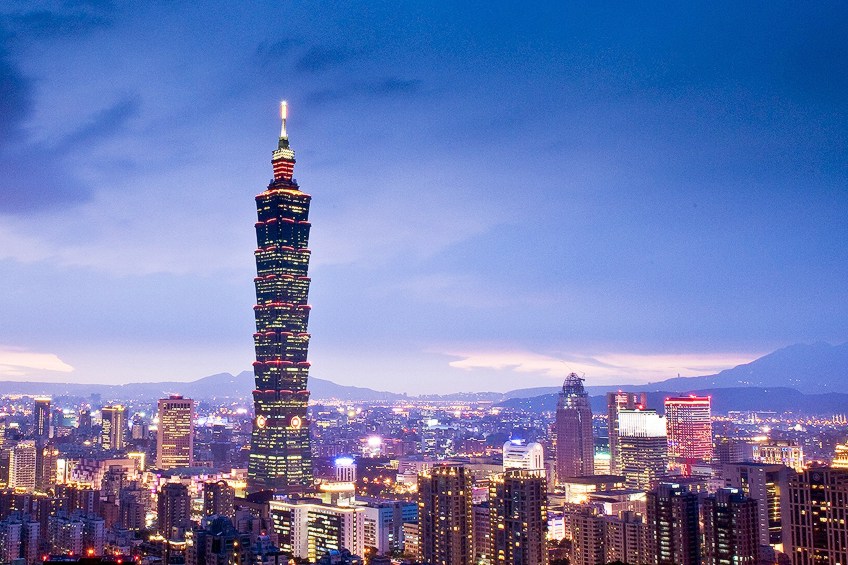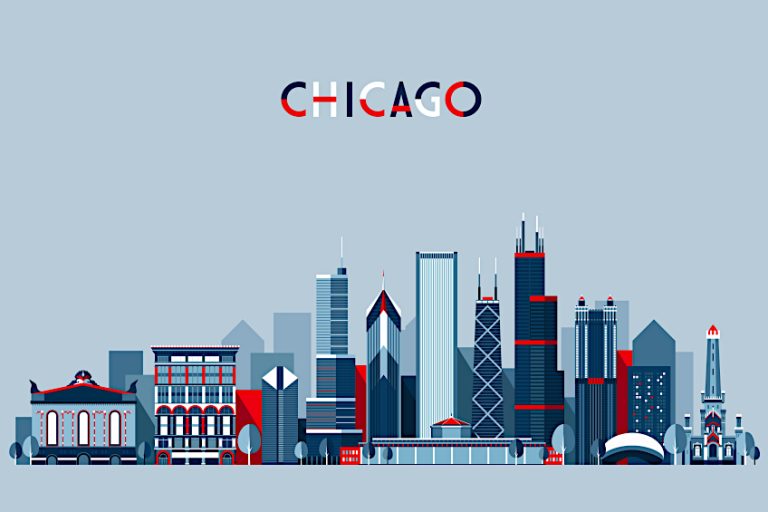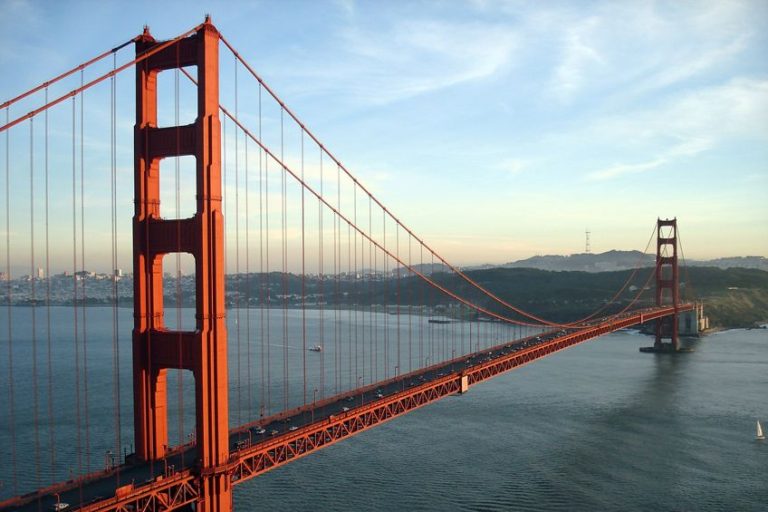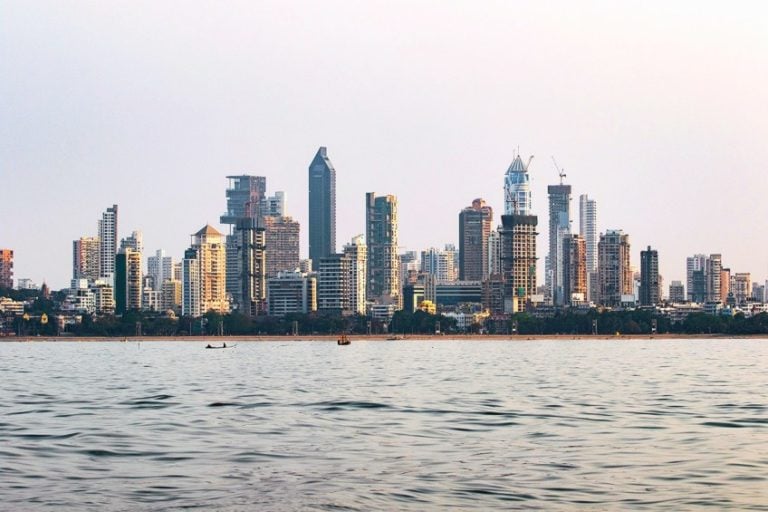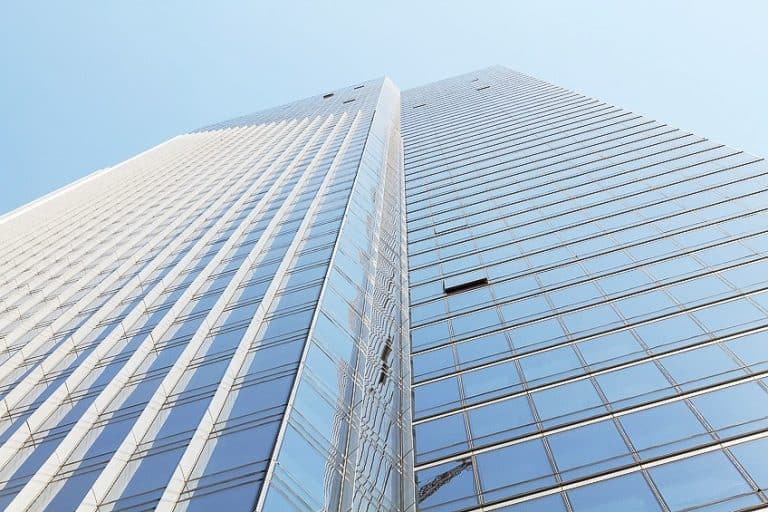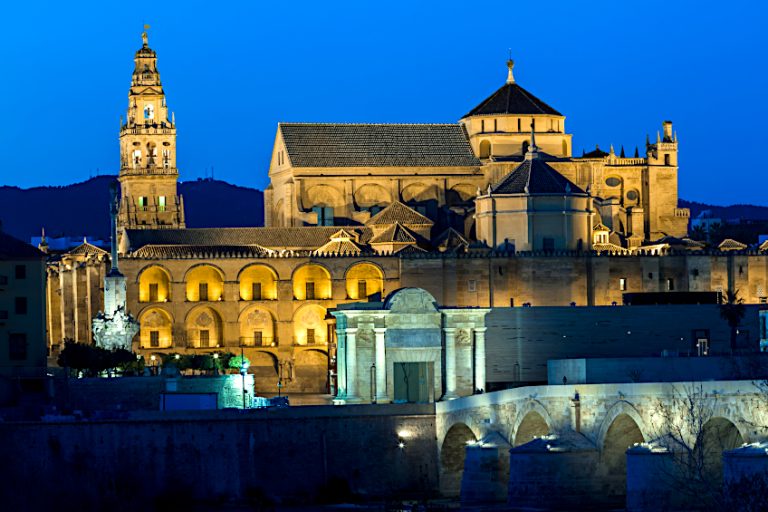Taipei 101 Tower – Visiting the World-Renowned Taipei Skyscraper
Where is Taipei 101 located and how tall is Taipei 101? These questions and more will be answered in this article about the incredible Taipei skyscraper. The Taipei 101 Tower, located in the Xinyi District, an area noted for its financial institutions and busy commercial centers, sets a global example for sustainable skyscraper design.
Looking at the Taipei 101 Tower
The Taipei skyscraper rises from the ground in a succession of eight-story segments that spread outwards, resembling a Chinese pagoda. Each module’s roof has functional levels that hold waste systems, water storage, and ventilation machinery. A smaller tower towards the top crowns the construction, providing a capstone that has become a recognizable landmark in the city. The structure’s façade is made up of green glass walls that are exceptionally reflective and limit heat gain by 50%.
Customized lighting systems, energy-efficient spotlights, and sophisticated energy control and management technologies are among the other environmentally friendly features.
Symbolism pervades nearly every facet of the Taipei 101 Tower’s architecture. The value “100” indicates perfection, while “100 + 1” symbolizes innovation and ingenuity, as well as a fresh start. Following its construction, the Taipei Tower has become an important part of Taiwan’s New Year’s festivities.
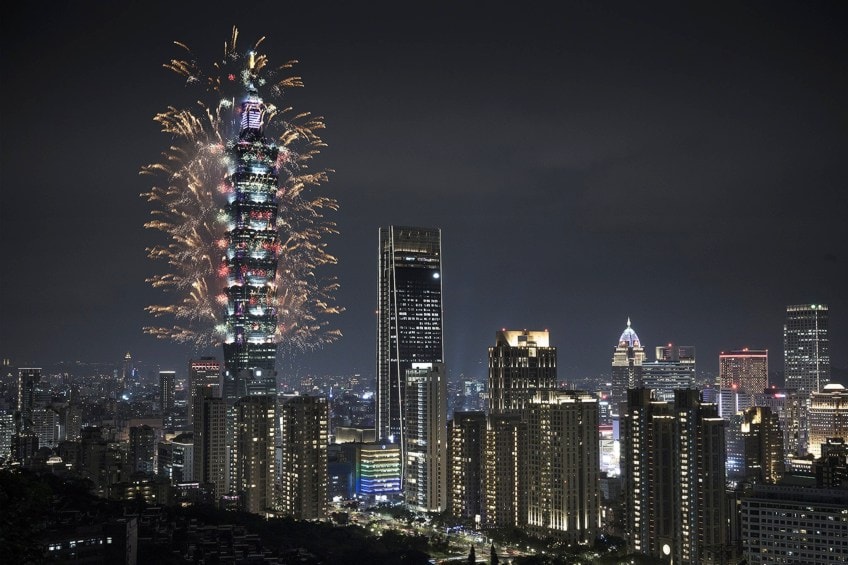
Annually, all of the lights on the Taipei Skyscraper are switched off, and every one of the tiered units lights up in sequence, ticking down the last 10 seconds before the New Year, which is accompanied by a show of spectacular fireworks.
The Postmodern design style of Taipei 101 echoes classic Asian characteristics in a contemporary construction made of industrial elements.
Its design has a variety of elements that allow it to endure tremors and tropical storms from the Pacific Ring of Fire. Offices, cafés, and observatories are housed in the Taipei tower. A multilayered shopping center featuring the world’s largest Ruyi sign connects to the Taipei skyscraper.
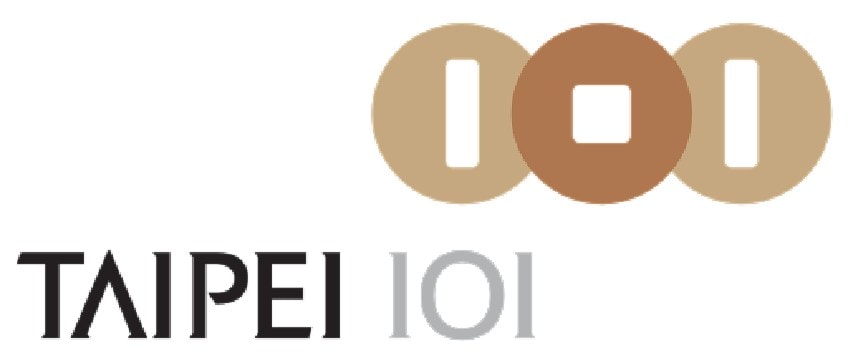
Construction of the Taipei 101 Tower
On the 2nd of November, 2009, the Taipei Financial Corporation revealed intentions to make Taipei 101 the globe’s tallest sustainable “green” structure by 2011. The architecture was already efficiently utilizing energy, with reused water supplying 20-30% of the tower’s demands and double-pane glass preventing solar heat by 50%. Examinations and improvements to electrical, plumbing, and lighting systems would be required for certification, but according to calculations, the costs of the improvements would pay for themselves within just three years.
Taipei 101 preparation began in July 1997, during Chen Shui-bian’s tenure as mayor of Taipei. Originally, discussions between retailers and municipal authorities focused on a plan for a 66-story skyscraper to function as a foundation for sustained expansion in Taipei’s 101 commercial zones.
Considering how much was going to be located within the tower, planners began to contemplate elevating the new construction to a more daring height. The city did not provide a permit for the development of a 101-story skyscraper on the site until the spring of 2001. Meanwhile, the building continued, with the first tower column being built in the spring of 2000.
Structural Design
The Taipei 101 is built to resist typhoon winds and seismic disturbances that are typical in Taiwan’s east. Taipei 101 was constructed by a structural engineer to survive 60-meter-per-second gale winds as well as the biggest tremors possible. Taipei 101 was built to be simultaneously elastic and substantially resistant, as elasticity minimizes structural harm while resistance assures ease for the inhabitants as well as the safety of the glass and other elements.
https://www.youtube.com/watch?v=_XODIUz9NBk
The distinctive green-blue glass walls of Taipei 101 are double paned and coated, provide thermal and UV protection adequate to deflect heat, and can withstand blows of 7 metric tons. By linking directly to the mega-columns using high trusses, the exterior of aluminum panels and glass arranged into an angled movement-resisting grid lends to total lateral stability.
To withstand potentially disastrous natural pressures, Taipei 101 contains a steel pendulum – the heaviest and biggest damper in the world – anchored through the center of the building between the floors. The hanging sphere weighs 660,000 kilos and tilts freely to compensate for the tower’s motion.
The attractively designed pendulum may be seen in motion from a cafeteria and the observation platforms.

The Symbolism of the Taipei 101 Tower
The tower’s 101-story height represents the rebirth of time: the new century that came when the tower was erected and all the new years that followed. It represents aspirational ambitions by going one better than the customary quantity of excellence, 100. The figure also conjures up images of the binary numeric system, which is employed in digital technologies. The main tower is divided into eight pieces of eight stories each.
The number eight is connected with abundance, wealth, and great luck in Chinese-speaking societies.
The patterns of the repeating parts reflect the cycles of an Asian pagoda (a tower joining earth and heaven, also inspired by the Petronas Towers), a stem of bamboo (an image of development and growth), and a stack of old Chinese money boxes (a sign of financial abundance). The tower’s design is frequently compared to a pile of take-out boxes found in Western-style Chinese restaurants; in fact, the stacking shape of such boxes is inspired by that of old money boxes. Coins are represented by the four discs hung on each face of the structure where the pedestal joins the tower.
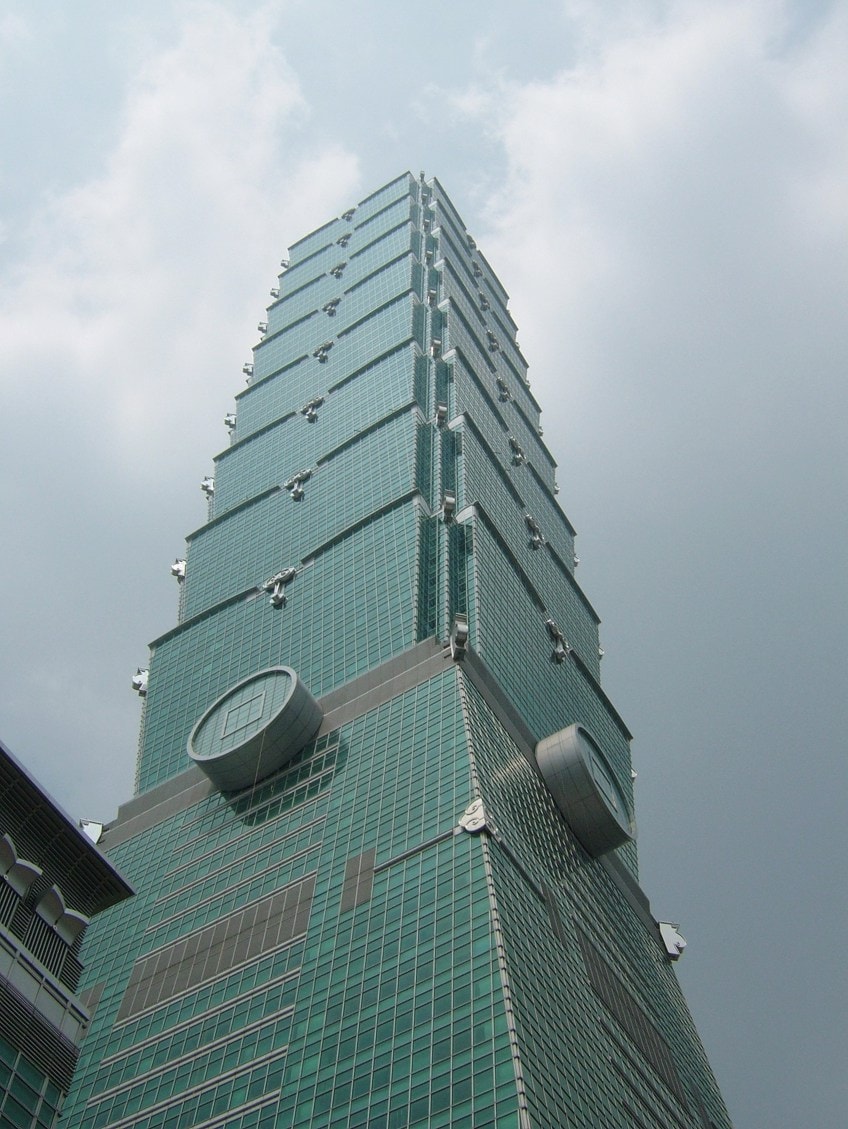
The insignia, which is displayed above the doors, depicts three gold pieces of classic Chinese design with center holes designed to represent the Arabic digits 1-0-1. To achieve an equilibrium of yin and yang, the building contains several different designs of circles and squares. Curled Ruyi motifs feature as a design theme throughout the construction. While the form of each Ruyi at Taipei 101 is historic, the industrial metal rendering is unmistakably contemporary.
The Ruyi is an ancient amulet connected with celestial clouds in art. It is associated with health, security, and contentment. It is used when celebrating reaching new professional heights.
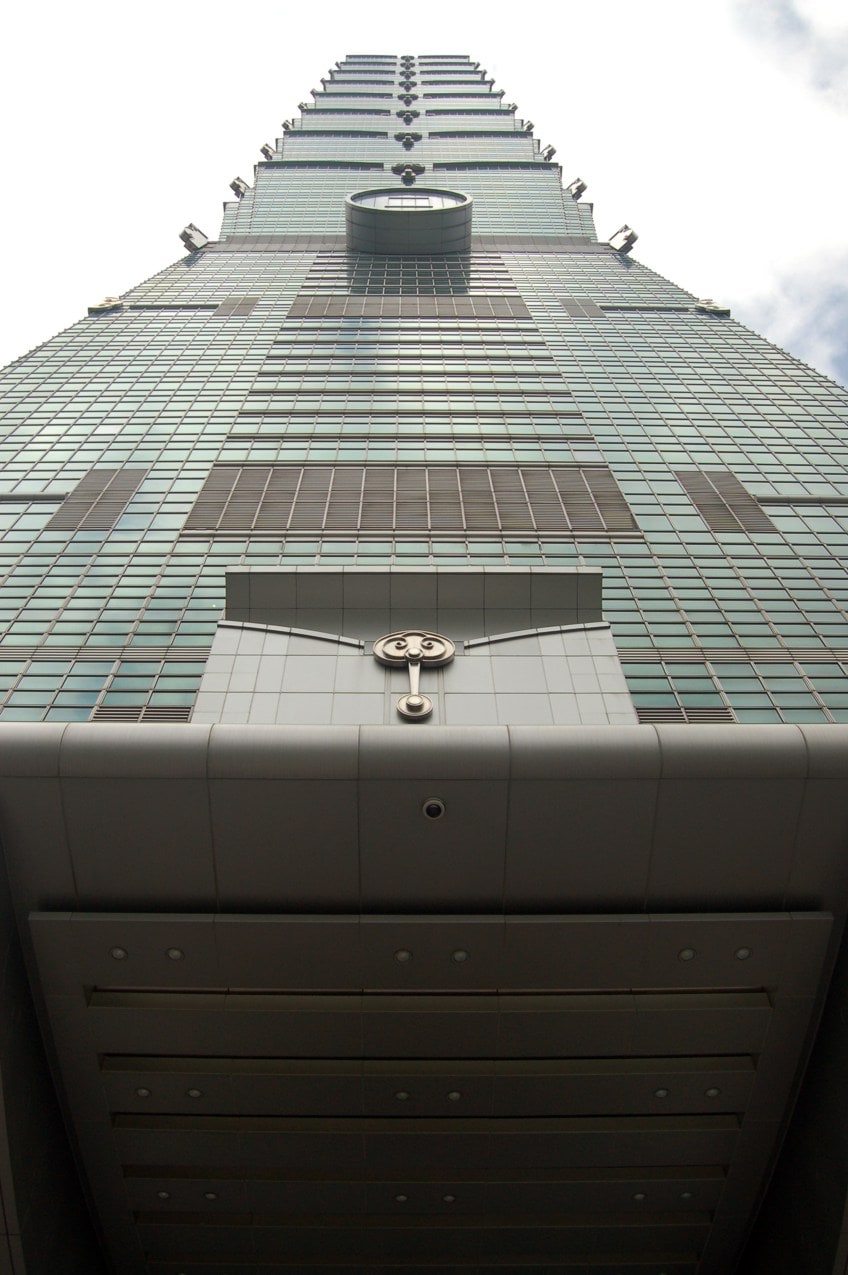
The circular park’s layout functions as the face of a massive sundial. The shadow formed by the tower marks the afternoon periods for the building’s tenants. The architecture of the park is replicated in the clock that sits at its entrance. The clock is powered by the wind shear of the tower.
Taipei 101, like many of its nearby structures, illustrates the feng shui philosophy’s impact. A big stone fountain at the junction of Xinyi Road and Songlian Road near the structure’s east entrance is one example. A ball spirals toward the tower from the fountain’s top. The fountain, as a piece of public art, provides a textural counterpoint to the tower while echoing the tower’s patterns.
In feng shui theory, the fountain also has a practical purpose.
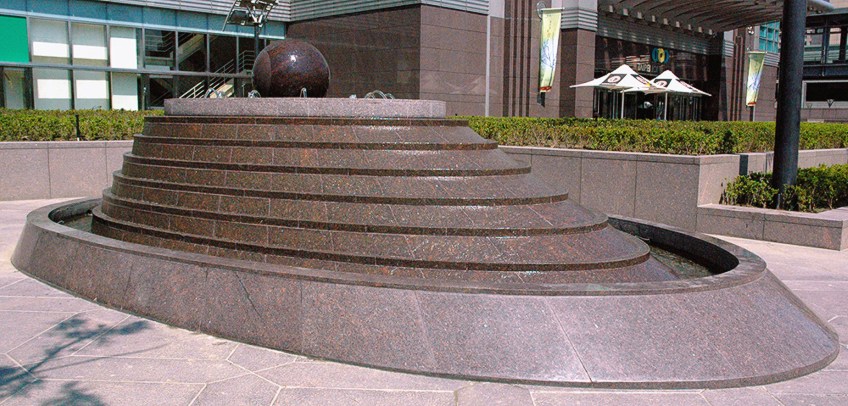
A “T” crossing at a building’s entrance signifies potential drainage of beneficial energy, or ch’i, from the building and its inhabitants. Installing flowing water in such locations is supposed to assist channel ch’i circulation. Even the nearby neighborhoods and artworks in the park are designed to assist the Taipei skyscraper’s feng shui and stop good energy from exiting.
The landmark is supposed to signify wealth and great fortune, from the geometry of the doors to the curved edges and colors.
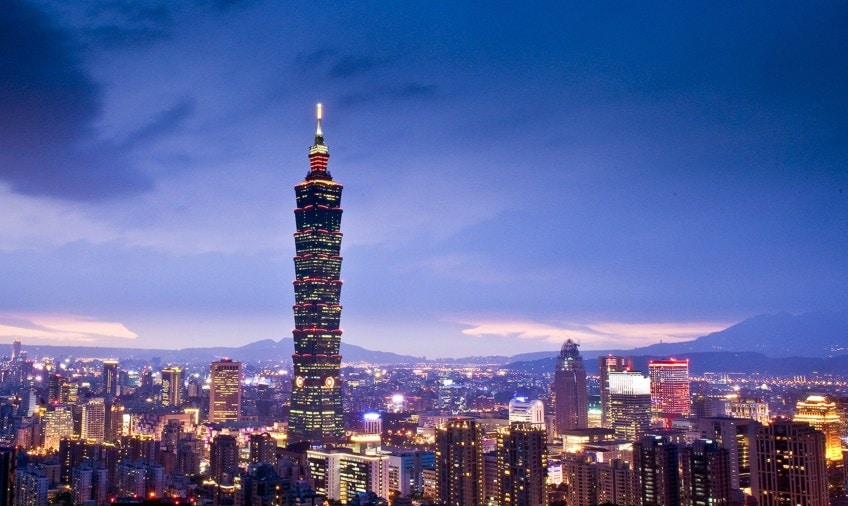
Notable Events at the Taipei 101 Tower
Many notable events take place at Taipei 101 and art shows are held on a regular basis in the Observatory. On the 4th of January 4, 2020, the tower’s lights displayed a memorial tribute for the casualties of a helicopter accident, which included several high governmental personnel. On 8 February 2020, the news reported that several guests on the Diamond Princess cruise ship, which had been detained for the coronavirus epidemic, had toured Taipei 101 on the 31st of January, at which time none of them showed symptoms.
The Taipei 101 retail complex announced on the 1st of April, 2020, that it will be limiting business hours owing to the Coronavirus outbreak, making it the “country’s first to scale back business due to the epidemic.”
It began taking shopper readings in February. The building announced on the 21st of May that it will reopen for business in June since the government has controlled the transmission of COVID-19. Former US President Bill Clinton paid a visit on the 28th of February, 2005, and autographed editions of his memoirs.
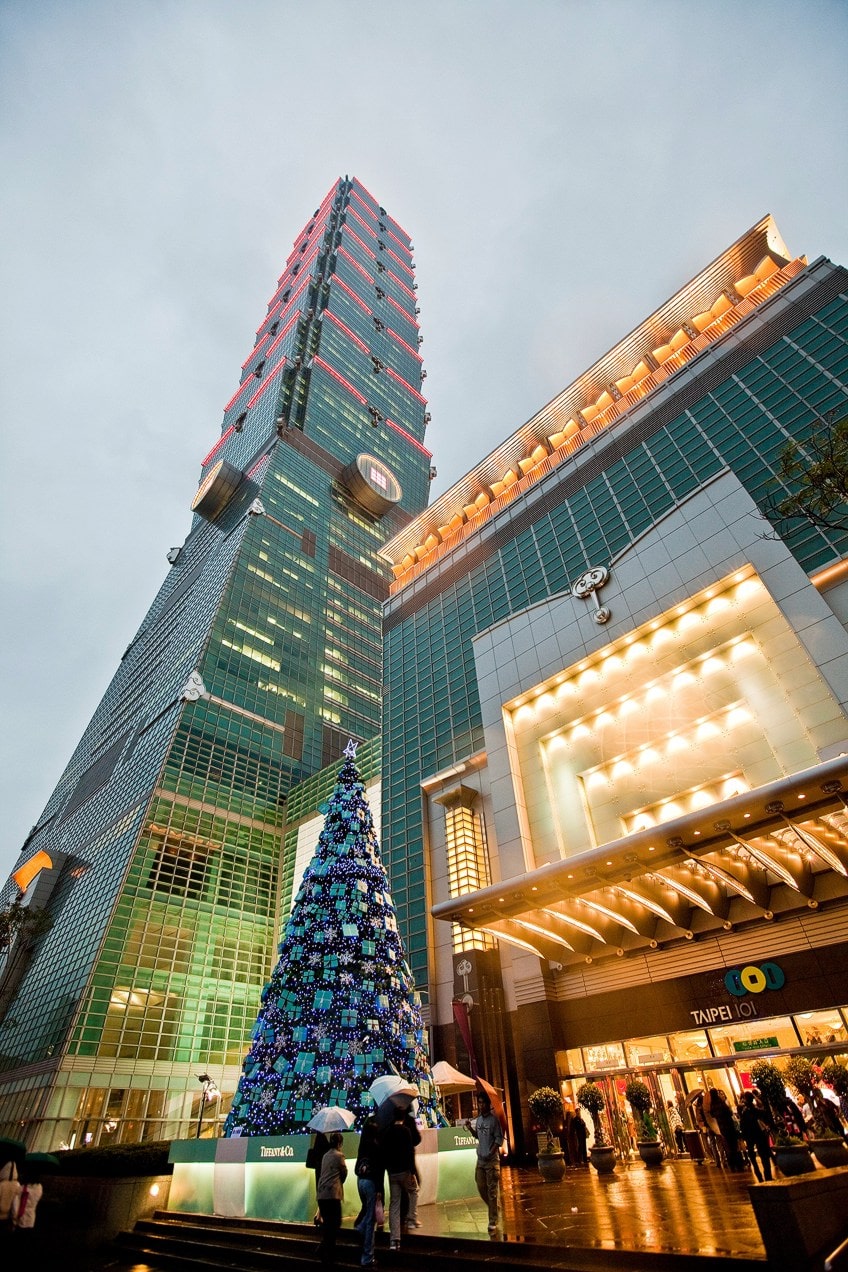
To mark the commemoration of the release of Einstein’s general theory of relativity, the tower exhibited the equation “E=MC2” in LEDs on the 19th of April, 2005. The largest of 66,000 installations in 48 nations, the exhibition was a component of the global event Physics Enlightens the World. On the 20th of October, 2006, the skyscraper lit up with the iconic pink ribbon to raise awareness of breast cancer. On the 25th of December, 2004, the urban climber from France, Alain Robert, completed a more than four-hour permitted ascent to the pinnacle of the top.
Felix Baumgartner, a base jumper from Austria, survived an unlawful parachute leap from the 91st level on the 12th of December, 2007.
The very first yearly Taipei 101 Run Up took place on the 20th of November, 2005, with a sprint up the 2,046 stairs from the first floor to the 91st floor. The funds were designed to help Taiwan’s Olympic teams. HKT48, a famous Japanese Pop group, performed a brief concert on the 6th of December, 2014 from the 91st-floor observatory deck as part of their Taiwan trip.
The Taipei City Hall hosts the New Year’s Eve celebration, which also includes the sight of Taipei 101, which is illuminated with pyrotechnics.
The Sun Yat-sen Memorial Hall is another famous spot for people to assemble to watch the fireworks show. For the initial three years, the traditional fireworks display at Taipei 101 was accompanied by a continuous display of numbers in lights on each segment of massive screen displays counting down the last 10 seconds to New Year. Since 2007, the whole structure has been darkened, and pyrotechnics have been launched successively from the bottom to top areas.

Inside the Taipei Skyscraper
Companies that rent space in Taipei Tower include telecommunication corporations, automobile companies, banking firms, consulting firms, and financial institutions. Google Taiwan, the Taiwan Stock Exchange, and L’Oréal are among the famous occupants. There is also a fitness facility, a library, a shopping center, and all of the usual restaurants and retail companies in the tower. Stairs lead to the 91st floor’s external observation platform, which is accessible when the weather cooperates.
The Taipei 101 tower features an inside observatory with 360-degree panoramas of the city, as well as the chance to see the wind damper on the 88th level.
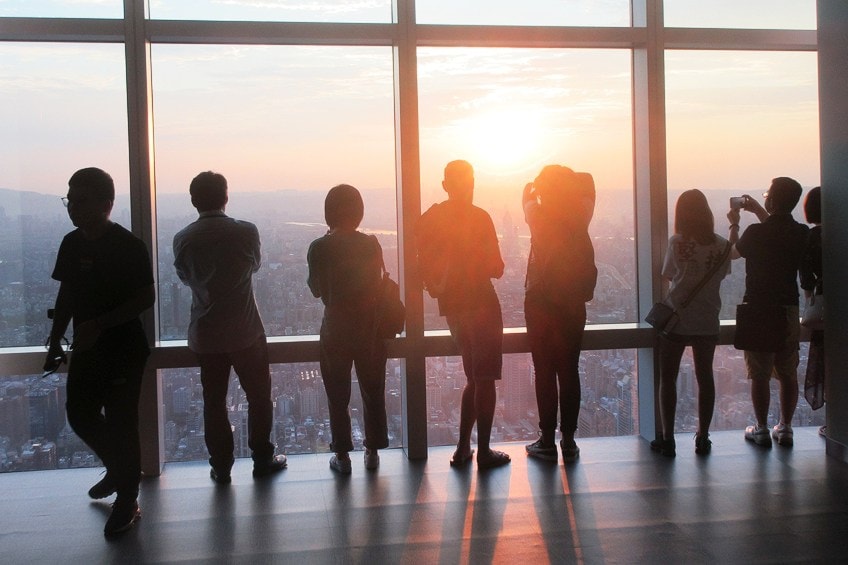
Summit 101, a mysterious, private VIP club rumored to reside on the 101st floor of Taipei 101, might be the most intriguing of the tower’s residents. Apart from being mentioned in the tower booklet, the facility is hidden from view and is inaccessible by using the usual building’s elevators.
Despite considerable attention and millions of tourists each year, no one truly knows what occurs up there!
The ironic part is that every New Year’s Eve, millions of people from across the world watch the amazing fireworks performances at the top of Taipei 101, which are transmitted globally, yet only a few know what happens inside. A TV film team was only eventually permitted inside the Summit 101 club in 2014, and its presence was made public.
According to rumors, only overseas diplomats, special VIPs, and those who spend a lot of money at the complex are admitted to the top for the greatest view of the city. Because the 101st level is separated into pieces, there is still concern that the world hasn’t seen everything there is to discover about the hidden floor.
That wraps up our look at this amazing structure. The tower’s ceremonial opening on New Year’s Eve in 2004 was marked by a celebratory fireworks display. Due to its sustainable green-based structural architecture, it is one of the most famous tall structures in the world. Though it is no longer the tallest skyscraper in the world, Taipei 101 was when it debuted in 2004. Previously, Malaysia’s Petronas Towers were regarded to be the world’s tallest structure. However, Taipei 101 still holds the record for the skyscraper with the highest occupied floor.
Frequently Asked Questions
How Tall Is the Taipei 101 Tower?
The Taipei skyscraper is the third highest structure in the world, with a total height of 508 meters and the tallest skyscraper outside of the Middle East. Its spire contributes to its elevation, making it taller than the Petronas Twin Towers. The tower’s name, Taipei 101, is based on the fact that it has 101 stories.
Where Is Taipei 101 Located?
The Taipei Tower, which is situated in the center of the Taiwan city, is flanked by retail stores, a cinema, offices, and an observation deck. The location is a short distance from the station. Walking from the subway takes around 20 minutes; the Taipei skyscraper is situated on Hsinyi Road.
What Is Inside the Taipei Tower?
The skyscraper houses a number of business facilities as well as the Taiwan Stock Exchange. The Taipei 101 skyscraper is open to the public in numerous areas, such as the indoor observatory. The observatory, located on the 89th level, provides a 360-degree panorama of Taipei. You may also climb the stairs from the 89th-floor observatory to the external viewing deck on the 91st level, which is accessible when the conditions allow. From here, you can see all of Taipei, such as the hiking trails that encircle Xiangshan and the environmental attraction Elephant Mountain. Several eateries provide Chinese cuisine. There are various Taiwanese eateries in addition to the enormous dining hall on one of the lower floors.
What Symbolism Is Present in the Taipei Tower Design?
The 101-story height of the tower reflects the regeneration of time: the new century that arrived with the skyscraper’s construction and all the new decades that followed. It reflects aspirational goals by exceeding the standard measure of excellence, 100. The illustration also evokes images of the binary numeral system, which is used in digital technology. The main tower is broken into eight eight-story sections. In Chinese-speaking civilizations, the number eight is associated with prosperity, riches, and good fortune.
What Are a Few Features of the Taipei 101 Tower?
The arrangement of the circular park serves as the face of a gigantic sundial. The tower’s shadow denotes the midday hours for the building’s inhabitants. The park’s design is mirrored in the clock that stands at its entrance. The wind shear of the structure powers the clock. Taipei 101, like a number of its adjacent structures, exemplifies the influence of the feng shui ideology. One instance is a large stone fountain outside the structure’s east entryway at the intersection of Xinyi Road and Songlian Roads. The Taipei 101 skyscraper had to be built with more than simply aesthetics and symbolic meanings in mind because Taiwan is frequently hit by violent storms and local tremors. The skyscraper, according to the architects, can survive gusts of up to 134 miles per hour and the biggest earthquakes ever recorded.
Justin van Huyssteen is a freelance writer, novelist, and academic originally from Cape Town, South Africa. At present, he has a bachelor’s degree in English and literary theory and an honor’s degree in literary theory. He is currently working towards his master’s degree in literary theory with a focus on animal studies, critical theory, and semiotics within literature. As a novelist and freelancer, he often writes under the pen name L.C. Lupus.
Justin’s preferred literary movements include modern and postmodern literature with literary fiction and genre fiction like sci-fi, post-apocalyptic, and horror being of particular interest. His academia extends to his interest in prose and narratology. He enjoys analyzing a variety of mediums through a literary lens, such as graphic novels, film, and video games.
Justin is working for artincontext.org as an author and content writer since 2022. He is responsible for all blog posts about architecture, literature and poetry.
Learn more about Justin van Huyssteen and the Art in Context Team.
Cite this Article
Justin, van Huyssteen, “Taipei 101 Tower – Visiting the World-Renowned Taipei Skyscraper.” Art in Context. August 25, 2022. URL: https://artincontext.org/taipei-101-tower/
van Huyssteen, J. (2022, 25 August). Taipei 101 Tower – Visiting the World-Renowned Taipei Skyscraper. Art in Context. https://artincontext.org/taipei-101-tower/
van Huyssteen, Justin. “Taipei 101 Tower – Visiting the World-Renowned Taipei Skyscraper.” Art in Context, August 25, 2022. https://artincontext.org/taipei-101-tower/.


